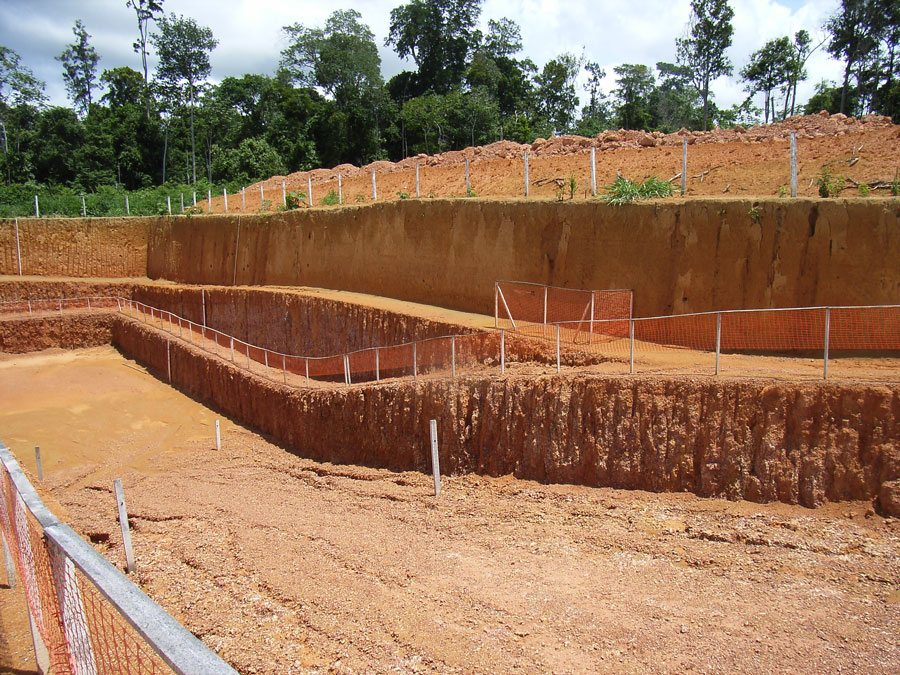Belterra clay cuts cement’s carbon footprint
Belterra clay could replace limestone in Portland cement to reduce its carbon footprint, researchers claim.

A study from the Martin Luther University Halle-Wittenberg (MLU), Germany, and the Brazilian University of Pará, has found that CO₂ emissions can be reduced during cement production by up to two-thirds by adding a previously unused overburden from bauxite mining. The research has found that Belterra clay could replace at least 50-60% of limestone.
‘This layer of clay can be up to 30m thick and covers the bauxite deposits in the tropical regions of the Earth, for example in the Amazon basin,’ explains Professor Herbert Pöllmann from MLU’s Institute of Geosciences and Geography.
‘It contains enough minerals with an aluminium content to ensure good quality cement. It is also available in large quantities and can be processed without additional treatment. As the use of Belterra clay does not produce CO₂, like limestone, a clear reduction of the CO₂ output can be obtained.’
An additional advantage, he says, is that it is an industrial residue, which means the clay would have to be removed anyway and does not need to be extracted for cement production only.
The clay contains minerals such as kaolinite and al-hydroxide, gibbsite, iron bound to goethite, and titanium bound to anatase.
It can be burnt at 1,250°C – 200°C less than for Portland cement. ‘Our method not only releases less CO₂ during the chemical conversion, but also when heating the rotary kilns,’ says Pöllmann.
The material was tested by ‘making different trials of mixtures in the furnace and determination of the maximum [amount] of cement minerals…The usability, strength and durability was also tested [as well as the] normal physical and chemical testing’.
The study reports that, ‘produced mortars reached up to 40Mpa after 28 days of curing, a strength development comparable to that of an ordinary Portland cement (46Mpa) tested under the same conditions’.
The results reveal that a suitable usable cement has been produced with standard rotary kilns and technical approaches for upscaling.
The research team now hopes to create a composite material out of this new clinker.







